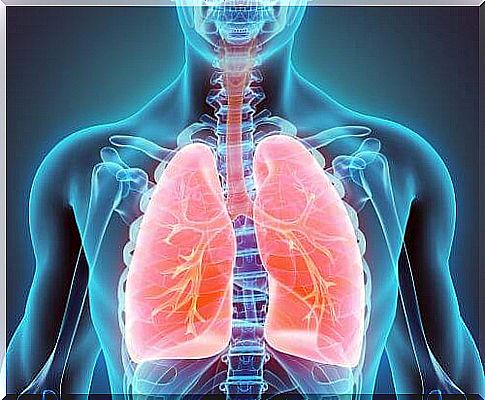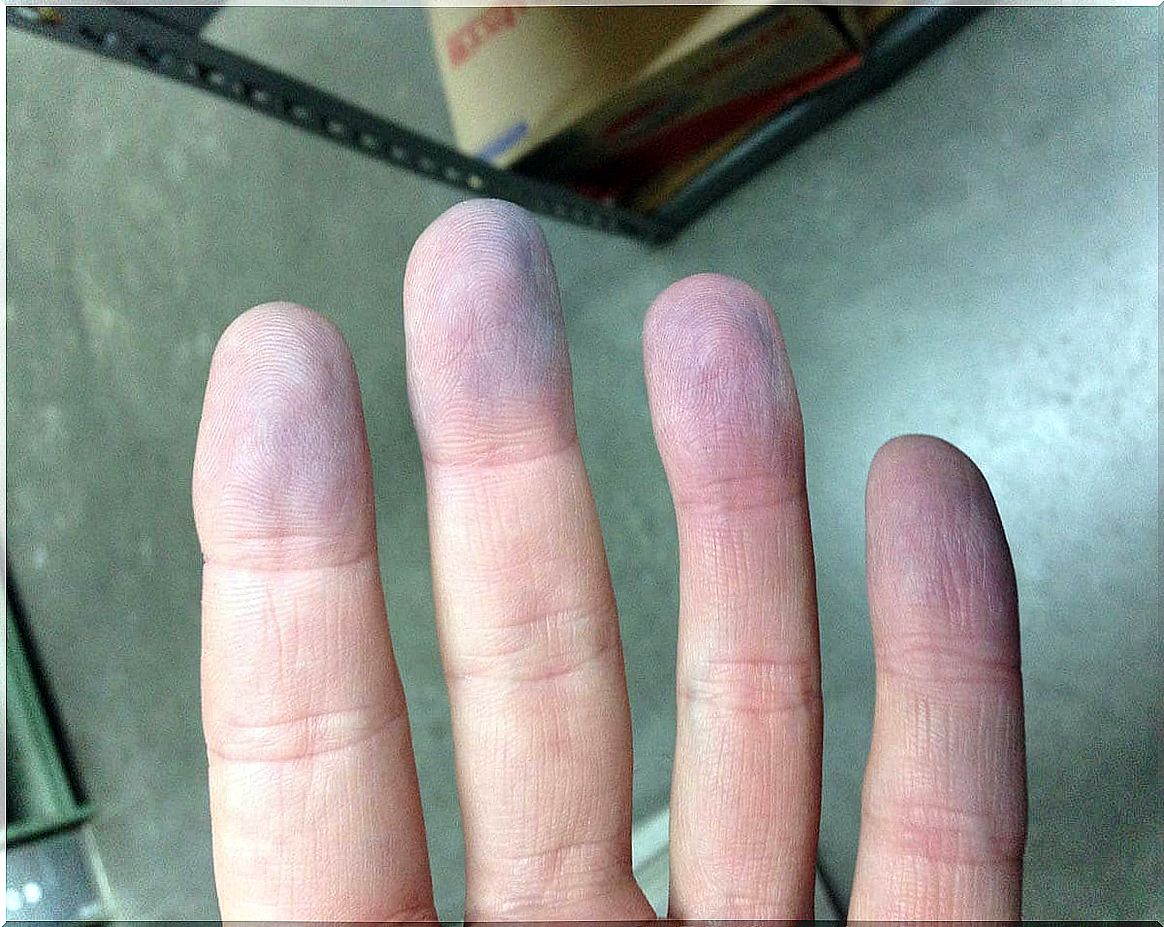Arterial Hypoxemia: What Is It?
We speak of arterial hypoxemia when the amount of oxygen carried by the arteries is lower than normal. It is a serious condition because one of the main functions of the arteries is precisely the transport of oxygen to the cells.
Without an adequate amount of oxygen, cells cannot function. In severe arterial hypoxemia, the vital functions of the body are at risk, with the possibility of cell death if it is prolonged over time.
How is arterial hypoxemia diagnosed?
Two measures are used in medicine to determine arterial hypoxemia :
- Millimeters of mercury: under normal conditions, the amount of oxygen in the arteries should range between 75 and 100 millimeters of mercury. When the measurement is below 60 millimeters of mercury, external oxygen is required for the patient.
- Oxygen saturation: the most accessible measure is saturation through percentages. Small devices like the saturometer are attached to a finger to measure this percentage. An oxygen saturation between 96 and 100% is normal. Below 95% is a red flag and below 90% supplemental oxygen is required.
For oxygen to reach cells, three steps must be accomplished in three different environments. If one of these three steps fails, then the end result, which is cellular function, is altered. These steps are:
- Oxygen from the environment: the place where the human being is must have an adequate concentration of oxygen. There may be a fault when climbing a mountain, for example, or in rooms where it is polluted with carbon monoxide.
- Healthy lungs: the respiratory system must be able to take oxygen from the environment to pass it to the arteries. Diseases like asthma can disrupt this process.
- Arterial blood – This is where arterial hypoxemia is measured. It is the stage of oxygen transport that was taken from the environment through the lungs. The blood will carry that oxygen to every cell in the human body.
Causes of arterial hypoxemia
The most common causes of arterial hypoxemia are:
- Chronic obstructive pulmonary diseases (COPD): among these pathologies we have asthma, emphysema and chronic bronchitis. By affecting the lungs, the entry of oxygen is interrupted and the third step, which is the distribution of oxygen through the blood, starts at a disadvantage.
- Heart problems: some disorders of the heart affect the communication between the lungs and the arteries. Since oxygen must pass from the respiratory system to the circulatory system through the lung-heart connection, if there is any affection in this connection, the oxygen available to the arteries will decrease.
- Pneumonia: Patients with infectious pneumonia often suffer from arterial hypoxemia. In severe cases that are hospitalized, oxygen saturation is monitored daily to know the patient’s condition.
- Anemia: oxygen is carried in the arteries within the red blood cells. When there are fewer red blood cells, oxygen transport is obviously affected. That happens in anemia, whatever its origin. There are different degrees of anemia and this determines different degrees of severity of arterial hypoxemia.
- Medications: the use of drugs derived from opioids and morphines has the adverse effect of arterial hypoxemia. They are drugs that must be used at the indicated doses and always with a prescription and professional supervision.

Symptoms of arterial hypoxemia
The lack of oxygen in the cells generates a range of symptoms. Some signs respond to the organ most affected by arterial hypoxemia and others are general signs.
Among the usual symptoms, we have:
- Changes in skin color: arterial hypoxemia can cause paleness, especially associated with anemia. On the other hand, it can cause cyanosis, which is the bluish discoloration of the skin, an obvious sign of severe oxygen deprivation.
- Fainting: if the oxygen that the brain receives is not enough, it will tend to reduce its functioning to the point of generating a faint or syncope.
- Headache: When arterial hypoxemia is intermediate and persistent, there is a headache and signs of bulging. This pain is not relieved by common anti-inflammatories.
- Motor coordination problems: the brain needs oxygen to carry out all its regulatory functions. These functions include motor coordination for walking and moving. In arterial hypoxemia, there may be difficulties in simple activities such as walking or reaching for something with your hands.
- Vomiting and nausea
- Arrhythmias
- Muscle cramps, mainly at night.

Long-term effects
If arterial hypoxemia persists over time, the human body will try to adapt to this new situation. One way to adapt is to make more red blood cells to carry oxygen. The situation is called polyglobulia.
Polyglobulia can live in the body without causing alterations. In any case, it must be controlled regularly so that it is not excessive and alters the normal circulation of the blood.
Arrhythmias are another long-term effect of arterial hypoxemia. The heart changes its rate and beat interval to compensate for the lack of oxygen. If the arrhythmia gets out of control, life is at risk.
Finally, there is the brain effect. Neurological disorders, such as depression, memory loss and inattention, have been shown to be very common among COPD patients. These alterations are linked to arterial hypoxemia.









